A cast iron dosa pan, also known as a dosa tawa or griddle, is a cooking utensil designed specifically for preparing dosas. It is constructed from cast iron, a durable material with exceptional heat retention properties.
Table of Contents
Important Features Of Cast Iron Dosa Pan:
Here are some important characteristics of a cast iron dosa pan:
- Dosa pans are manufactured from cast iron, a durable and dense material that evenly distributes heat and retains it for an extended period of time. This facilitates consistent and uniform heating of dosas.
- Cast iron dosa pan has a circular, flat shape with barely raised edges, allowing for effortless flipping and cooking.
- Cast iron dosa pan distributes heat evenly across the cooking surface, ensuring that the dosas prepare uniformly and achieve the desired texture and browning.
- When correctly seasoned, a cast iron dosa pan develops a natural non-stick surface that prevents dosas from sticking. This procedure of seasoning entails applying oil and heating the pan to form a protective coating.
- Cast iron dosa pan can also be used to prepare uttapams, crepes, pancakes, and other dishes in addition to dosas. They are compatible with stovetops, gas appliances, and ovens.
- Cast iron dosa pans are well-known for their resilience and longevity. They can endure for generations if kept and cared for correctly.
Why Is Cast Iron Dosa Pan Perfect For Making Dosa?
- A cast iron dosa pan is considered excellent for making dosas. There are several reasons why a cast iron dosa pan is well-suited for this purpose:
- A dosa pan made of cast iron is regarded as ideal for cooking dosas. There are several reasons why a dosa pan made of cast iron is ideal for this purpose:
- The exceptional heat retention properties of cast iron allow it to retain and accurately distribute heat across the cooking surface. This ensures that the dosas prepare evenly and acquire an appetising texture.
- A cast iron dosa pan distributes heat evenly, preventing hot spots and assuring uniform cooking results. This is necessary for adequately cooking and browning dosas uniformly.
- Cast iron dosa pans develop a natural non-stick surface with proper seasoning and maintenance. The seasoned surface prevents dosas from sticking to the pan, making them simpler to flip and remove.
- Cast iron dosa pan can last for generations if properly maintained and cared for.
- Preparing dosas on a cast iron dosa pan imparts a distinctive and desirable flavour. The iron in the cast iron dosa pan can impart a slightly seared and smoky flavour to the dosas, enhancing their overall flavour profile.
How To Maintain A Cast Iron Dosa Pan?
Proper maintenance of your cast iron dosa pan is essential to ensure its longevity and optimal cooking performance. Here are some tips to help you maintain your cast iron dosa pan:
Seasoning: Seasoning is crucial for cast iron cookware, including dosa pans. It creates a natural non-stick surface and protects the pan from rust. To season your dosa pan, clean it thoroughly with mild soap and water, then dry it completely. Apply a fine layer of oil to the entire cookware surface that includes the sides and handle. The cast iron dosa pan should be heated over medium-low heat for 10 to 15 minutes. Allow it to settle and then remove any excess oil. Repeat this procedure periodically to preserve the flavour.
Cleaning: After each use, thoroughly clean the cast iron dosa pan. Soaps and abrasive detergents can remove the seasoning, so avoid using them. Instead, use hot water, a brush or sponge, and a gentle scrubbing motion to remove any food particles. If necessary, you can use a small amount of mild dish soap. Rinse the cast iron dosa pan thoroughly and promptly dry it with a towel or by putting it over low heat on the hob until it is completely dry.
Avoid Soaking: Do not soak your cast iron dosa pan in water or leave it submerged for extended periods. Excessive moisture can lead to rusting. If you encounter stubborn residue, use a gentle scrub brush or a mixture of coarse salt and oil to scrub it off.
Avoid Abrasive Materials: When cleaning your dosa pan, avoid using abrasive materials such as metal scouring pads or harsh brushes. These can damage the seasoning and scratch the surface. Instead, opt for soft sponges or brushes specifically designed for cast iron cookware.
Dry Thoroughly: It's crucial to dry your dosa pan thoroughly after cleaning. Moisture can cause rusting. To ensure complete drying, heat the pan on low heat on the stovetop for a few minutes or place it in the oven at a low temperature for about 10 minutes.
Re-season as Needed: Over time, the seasoning of your dosa pan may wear off. If you notice food sticking or the pan becoming more prone to rusting, it may be time to re-season it. Follow the seasoning process mentioned earlier to restore the non-stick coating.
Proper Storage: Store your cast iron dosa pan in a dry place to prevent moisture buildup. If stacking it with other cookware, place a towel or paper towel between the pans to protect the seasoning.
By adhering to these maintenance guidelines, you can maintain your cast iron dosa pan in perfect working order, ensuring optimal cooking efficacy and lifespan.
Popular Dosa Recipes On Cast Iron Dosa Pan:
Here are a few popular dosa recipes that you can prepare using a cast iron dosa pan:Plain Dosa: This is the classic and most basic dosa recipe. It requires minimal ingredients and is perfect for a simple and comforting meal. Serve it with chutney and sambar.
Masala Dosa: Masala dosa is a well-known South Indian dish where a crispy dosa is filled with a spiced potato filling. The combination of the crispy dosa and flavorful potato filling is delightful. Serve it with coconut chutney and sambar.
Rava Dosa: Rava dosa is a quick and easy dosa made with semolina (rava) and rice flour. It has a unique texture and a lacy, crispy appearance. Rava dosa pairs well with coconut chutney or a spicy tomato chutney.
Oats Dosa: Oats dosa is a healthy variation of the traditional dosa. It is made with a batter prepared from oats, rice flour, and urad dal. Oats dosa is nutritious and can be enjoyed with any chutney or sambar of your choice.
Mysore Masala Dosa: Mysore masala dosa is a spicier version of the regular masala dosa. The dosa is smeared with a spicy and tangy red chutney made from chilies, garlic, and spices. It is then filled with the potato masala and served with coconut chutney and sambar.
Adai Dosa: Adai is a protein-rich dosa made with a batter of mixed lentils and rice. It is a wholesome and nutritious dosa that can be served with avial (vegetable stew) or any chutney of your choice.

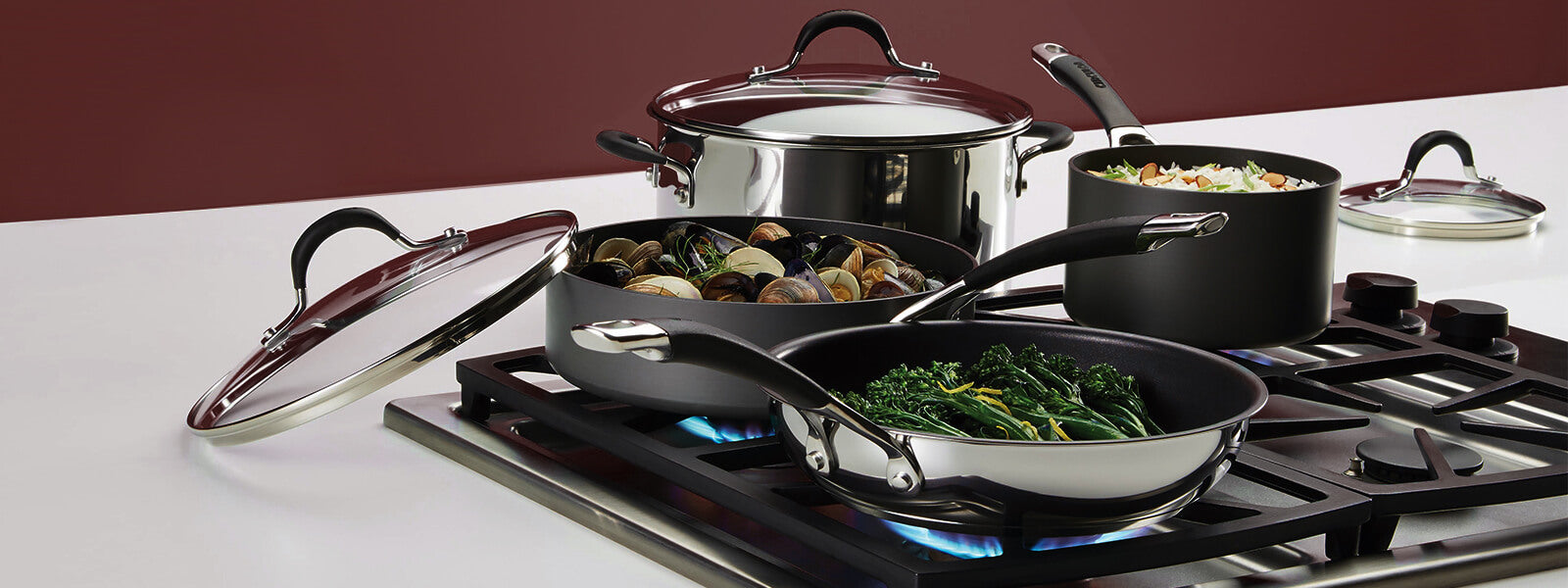
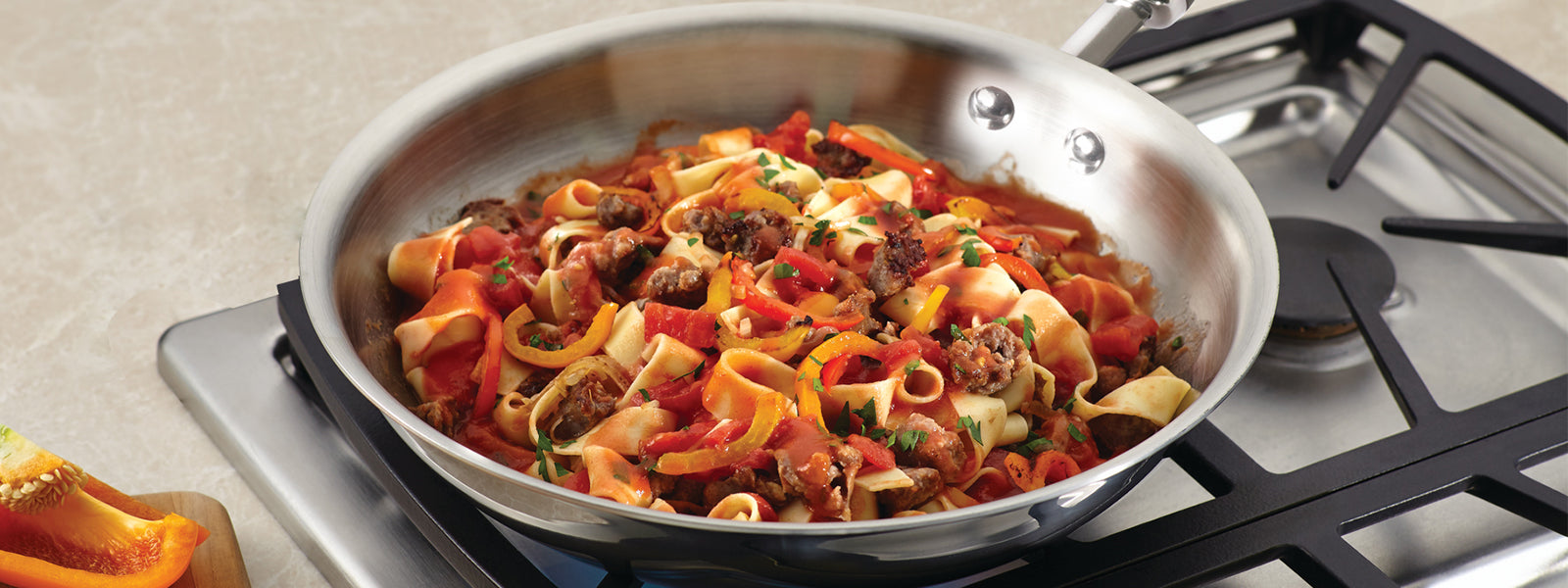
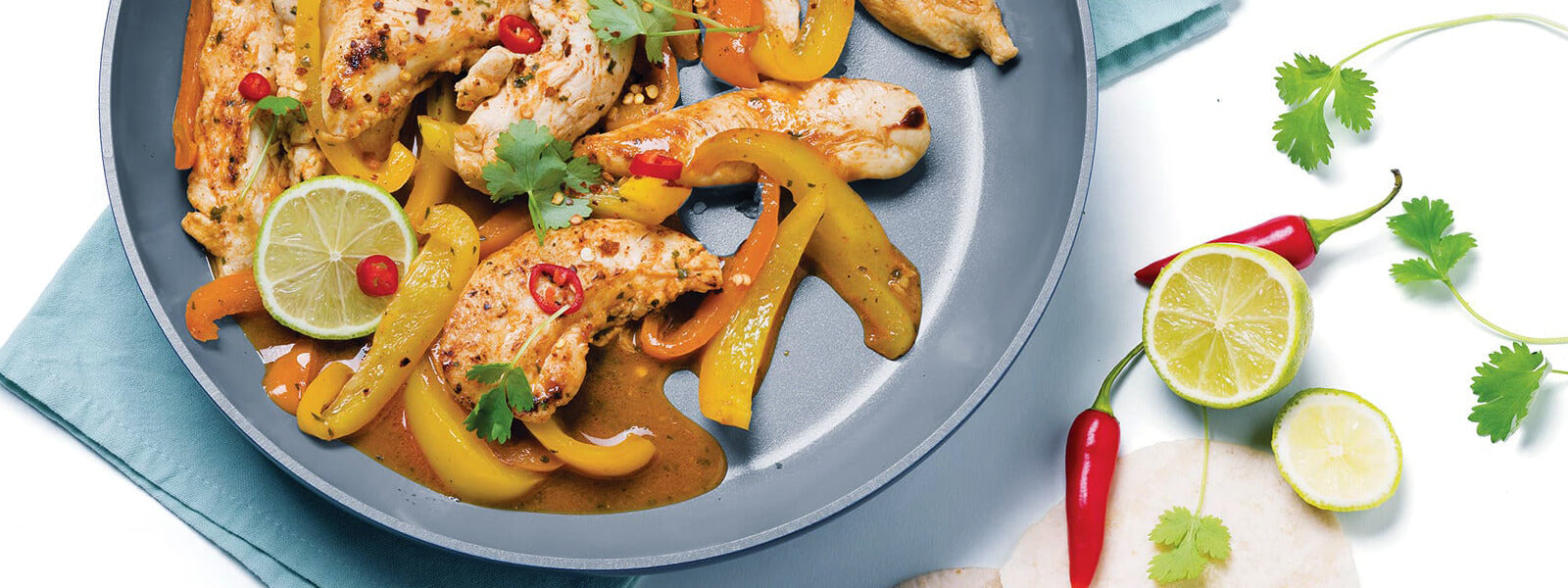
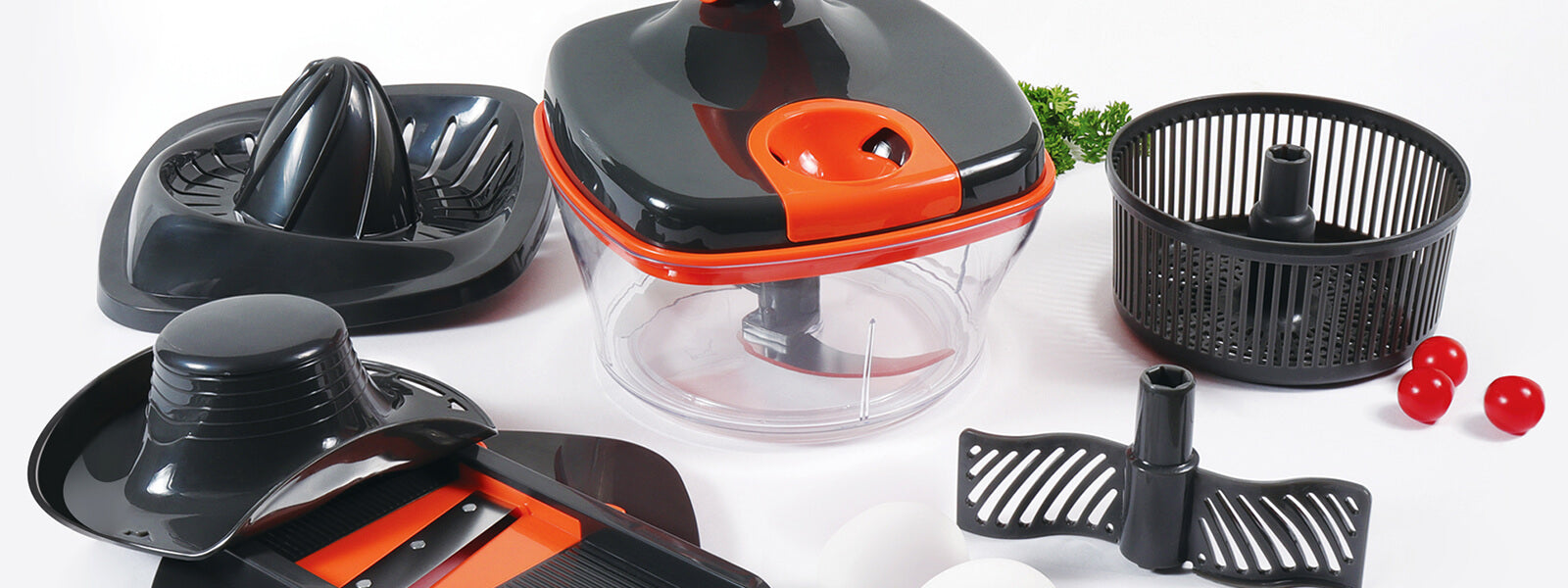
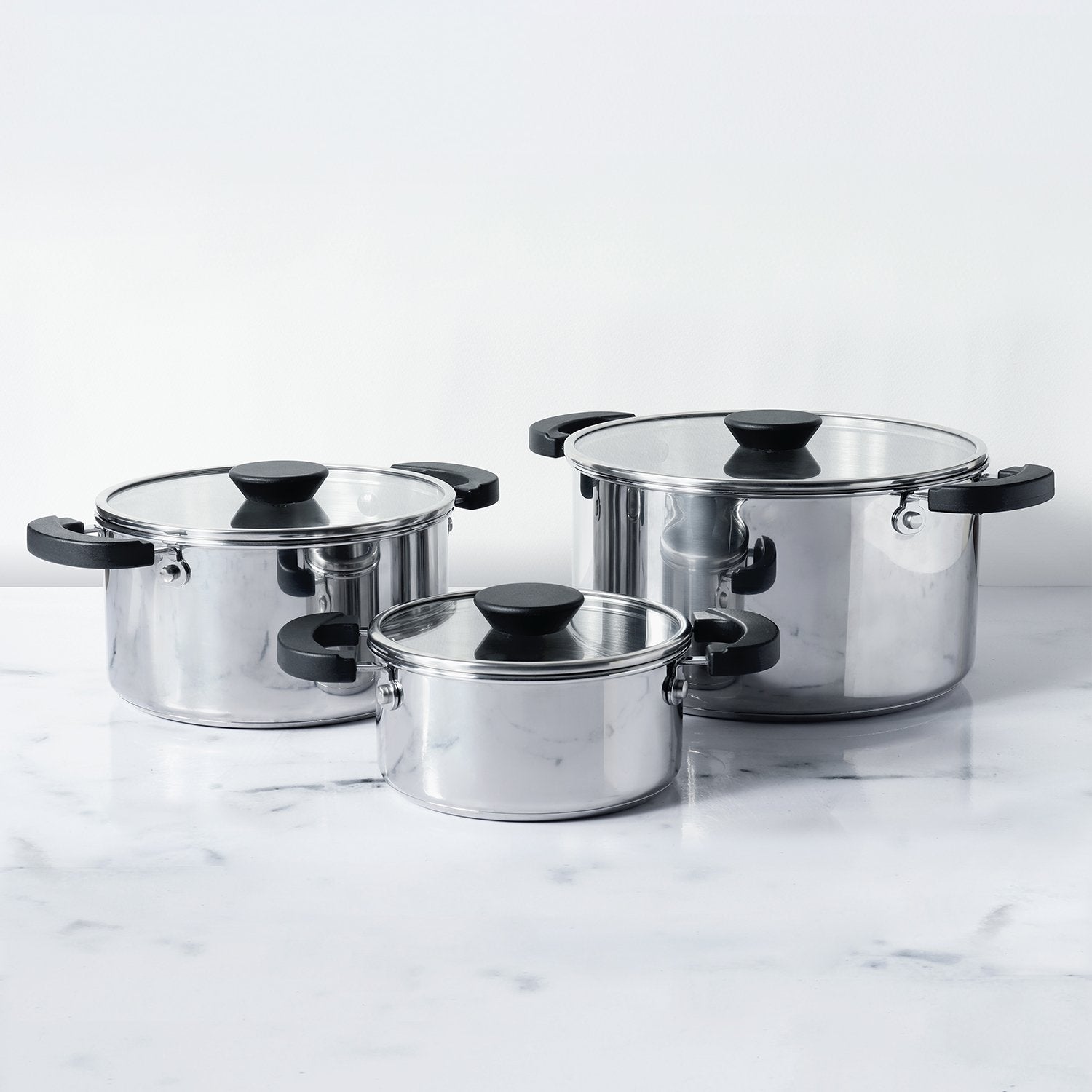




Leave a comment